Bollywood’s fascination with ancient epics
“I find historical and mythological themes endlessly fascinating because they offer a window into the human experience across different times and cultures. By exploring these themes in my filmmaking, I’m able to delve into universal truths, timeless struggles, and the rich tapestry of human emotions. History and mythology provide a treasure trove of compelling narratives, complex characters, and profound insights into the human condition, which allows me to create stories that resonate deeply with audiences,” shared writer-director Digpal Lanjekar.
He further added, “Moreover, I feel a profound responsibility to bring the ancient knowledge and culture of our country to the next generation. Our ancestors left behind a legacy of wisdom, innovation, and cultural richness that deserves to be celebrated and preserved. Through my filmmaking, I strive to illuminate the greatness of our heritage, ensuring that it continues to inspire and educate generations to come. This is more than a career for me; it’s a life mission. Every project I undertake is infused with a sense of purpose and dedication to honoring the past while shaping the future. I believe that by revisiting and re-imagining these stories, we can gain new perspectives on our own lives and the world around us, fostering a greater sense of connection and empathy.”
CGI and VFX: Transforming ancient legends
One of the most iconic tales of Indian mythology, the Ramayana, has been adapted numerous times in Bollywood, with each rendition presenting a unique interpretation of the classic narrative. From Ramanand Sagar’s legendary television series to more recent cinematic adaptations, filmmakers have spared no expense in recreating the mythological world of Ayodhya, Lanka, and beyond. The use of CGI (Computer Generated Imagery) has enabled filmmakers to visualize fantastical elements such as flying monkeys, demon armies, and celestial battles with unprecedented grandeur, captivating audiences with its sheer spectacle.
‘Ramayan’ actor Arun Govil to ‘RRR’ star Jr NTR: The best and most challenged depictions of Lord Rama
However, author Anand Neelakantan, who has authored the ‘Bahubali trilogy’ amongst others, is of the opinion that without focusing on the authenticity of the narratives, even advanced technology and VFX will fail to elevate such films. He said, “We have seen films based on Ramayana portraying Ravan traveling on a bat and wearing costumes that would be apt in a Game of Thrones kingdom beyond the wall. Until we correct these errors, no amount of high technology is going to help us create films that would shake up the world box office and knock out Hollywood from their perch. India is sitting on a gold mine of stories, and we could lead the world with our films and shows. But it is frustrating to see copycat imitations.”
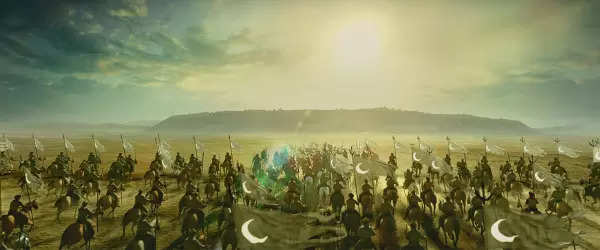
Similarly, the stories of historical figures like Raja Shivaji and Chhatrapati Sambhaji Maharaj have been brought to life on the big screen, shedding light on their bravery, resilience, and contributions to Indian history. Filmmakers have spared no expense in recreating the majestic forts, sprawling battlefields, and intricate court intrigues of medieval India. The utilization of advanced VFX (Visual Effects) technology has allowed for breathtaking battle sequences and larger-than-life portrayals of these iconic figures, immersing audiences in the rich tapestry of Indian history.
Balancing authenticity and creative interpretation
Historical and mythological films also often encounter challenges, especially regarding accuracy in portrayal. Whether it’s any film, people tend to question the authenticity of the depiction. Shedding some light on the same, actor Sharad Kelkar said, “There are always challenges as people question the integrity of the film. In India, if you take any historical or mythological character, there are multiple stories around them. So, people have different versions. You cannot make everyone happy. It’s a belief. It’s faith which is driving them. So, I can’t blame them because they believe in certain kinds of characters. They have an image in their mind. They have certain backstories to it. So, what a director picks up is his version, his belief. And he tries to portray that on the screen. So, we can’t blame anyone. It’s a situation that nobody can solve.”
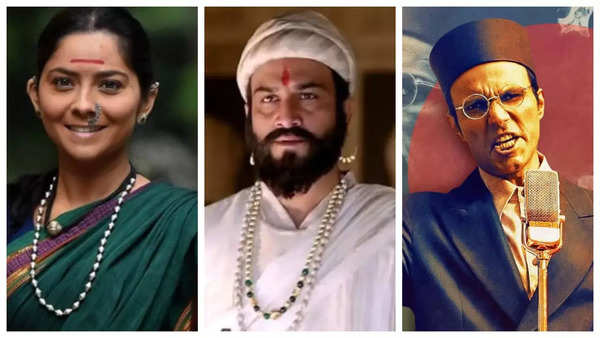
Sonalee Kulkarni, who has portrayed some historical and mythological characters like ‘Anandi Bai Joshi’, ‘Hirkani’, ‘Ramabai Peshwe’ amongst others in Marathi, shared, “When it is historical, you want to understand what the society was back then, how women were looked at, how the socio-political scenario was, and what was the impact of that society on the woman’s mind. How she still fought all the odds, what made her into such an inspiring character, the costumes, the body language, the mannerisms, the language in itself, everything has to be well-read and researched before portraying them on screen. The biggest challenge would be to break the myth about the characters and try to bring the human aspects on screen, which are relevant even in today’s times.”
Modernising ancient tales
Mythology continues to inspire contemporary storytelling in Bollywood, with characters like Draupadi and Kalki being re-imagined for modern audiences. These adaptations often blend elements of fantasy, sci-fi, and mythology, offering a fresh perspective on age-old tales. With advancements in CGI and motion capture technology, filmmakers have been able to create visually stunning worlds inhabited by gods, demons, and mythical creatures, pushing the boundaries of imagination and storytelling.
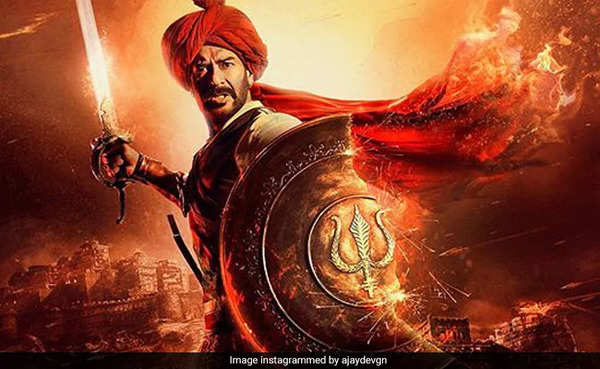
However, Neelkanthan feels that contemporary filmmakers are not reinterpreting these timeless stories to resonate with modern audiences. “They are just going by the trend. Technology has given them an easy way out to give a visual spectacle with very little content. Put a lot of gore, some visually stunning trick shots, some jingoism, some flag-waving, stereotypical villains, preferably British or medieval Muslim if it is a period film and some speech about Akhand Bharat. That is the formula now. There is no attempt to bring out the nuances of a period, humanizing every character and bringing out the complexities of human nature. For films, it has worked because we are not used to such visual spectacle in Indian films. But the novelty will wear off. There is only so much war and gore you can see. There are only so many cars you can explode in a race to save India’s nuclear secrets or save Indians from Pakistani or Chinese terrorists. Once this trend is over, we will have films driven by content, led by actors and not stars. It is only then that Indians will remember we have a rich history and great storytelling tradition and we have been telling complicated stories with vivid characters like Mahabharata. We will be able to look back into history, not with a sense of rage but with empathy. It is only then that we will create an impact across the world.”
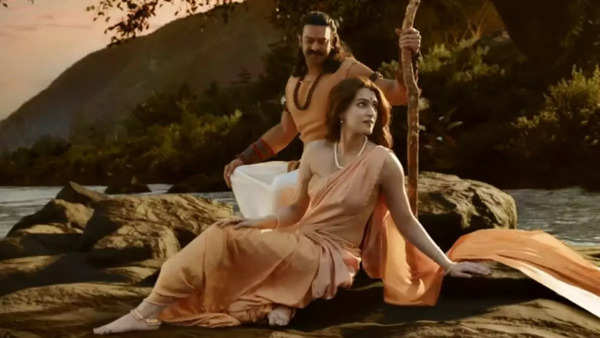
The artistry of costume design
Costuming plays a pivotal role in bringing these epics to life, with designers meticulously crafting elaborate attire that reflects the time period and cultural milieu of the story. From opulent royal robes to battle-worn armor, every detail is carefully considered to immerse audiences in the world of the film. Additionally, the use of prosthetics and makeup transforms actors into larger-than-life characters, further enhancing the cinematic experience.
In one of her earlier interviews with ETimes, Bollywood costume designer Neeta Lulla, who has historical films like ‘Jodha Akbar’ and others to her credit, shared, “In Bollywood, the historical epic ‘Jodhaa Akbar’ and the visually arresting ‘Padmaavat‘ have showcased the depth of Indian craftsmanship and the meticulous research that goes into recreating historical attire. These films, among others, demonstrate the power of costume design in building worlds, defining characters, and enhancing the narrative impact of cinema. The creativity, dedication, and artistry evident in costume design across the cinematic world continue to inspire me, reminding me of the profound impact that thoughtful, well-executed design can have on storytelling. Each year brings new films that push the boundaries of what can be achieved, making it an ever-evolving field that I am humbled and thrilled to be a part of.”
Inspiring reflection on contemporary society
While the spectacle and scale of these epic productions are undeniably impressive, filmmakers also strive to imbue their narratives with depth, emotion, and relevance to contemporary society. Themes of honor, sacrifice, justice, and the eternal struggle between good and evil resonate across time and cultures, making these stories timeless in their appeal.
Filmmaker Chandraprakash Dwivedi explained, “Whenever a filmmaker chooses a subject, it’s because it resonates with the consciousness of India. These subjects often revolve around revered or highly respected characters from India’s history. When I made ‘Chanakya,’ for example, it sparked a national debate. People either supported or opposed Chanakya, with many alleging that it presented a pseudo-history rather than factual accounts. Similarly, when ‘Prithviraj’ was released in 2022, after production in 2018, it generated considerable controversy. Some felt that significant changes were made to the original story of Prithviraj, leading to objections regarding actor selection and the portrayal of roles. Despite this, the film sparked discussions about history taught in colleges, questioning the focus on ancient Indian history and the proportion of coverage given to different historical periods. This debate extended to the portrayal of Mughal history versus Hindu heroes’ glory, highlighting the significance of historical narratives in shaping public discourse.”
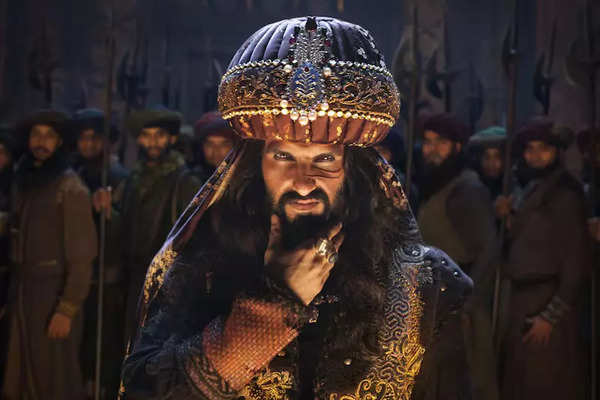
Elaborating further, he added, “Controversies often arise when mythological and historical films are made, with filmmakers like Sanjay Leela Bhansali and myself facing criticism from moralists, historians, and cultural ambassadors representing specific sects. Filmmakers are often pigeonholed into justifying their creative decisions, but it’s crucial to remember that history encompasses multiple perspectives. It’s a dynamic process where new facts emerge continuously. For instance, the film ‘Adipurush‘ centered around the story of Ram, faced resistance from audiences. However, what surprised me was the lack of references provided by the filmmakers to address audience queries. Proper research and referencing are essential, which is why I always ensure to have credible sources readily available before beginning a project.”
Historical and mythological films: Past successes and present challenges
So how do mythological and historical films perform at the box office as compared to other genre movies? “Mythological and historical films were very popular at one point in time. You see films like ‘Mughal-e-Azam,’ ‘Anarkali,’ and many of Saurabh Modi’s works. These films worked magic at the box office. In those earlier days, a lot of historical and mythological movies were made. But when the romantic era and action films took over, I think everything was sidelined completely,” Trade expert Taran Adarsh shared.
According to Adarsh, only a handful of filmmakers possess the capability to handle such films, given the risk of not recouping the investment. He added, “Only limited filmmakers can attempt those kinds of films, like Sanjay Leela Bhansali or Ashutosh Gowariker. Although Karan Johar announced ‘Takht’, it didn’t happen. In today’s times, people are also very sensitive. They want factual things. You cannot tamper with history or mythology. I guess the producers are of the view now that if there is going to be controversy, then why get into that. It’s better to make something contemporary.”
“I think eventually it all boils down to the content, the grandeur, and the look. The film in totality is what matters. How you package it and how you show it to the audience matter. The storytelling is also very important,” he said.
In conclusion, the epics of Bollywood serve as a testament to the enduring power of history and mythology to captivate and inspire audiences. Through the innovative use of technology, lavish production design, and compelling storytelling, filmmakers continue to push the boundaries of cinematic storytelling, bringing ancient tales to life for a new generation of viewers. As Bollywood embraces the rich tapestry of India’s cultural heritage, the epic tradition remains as vibrant and relevant as ever in shaping the cinematic landscape of the nation.
